Van Nuys Blvd 1972
by Rick McCloskey
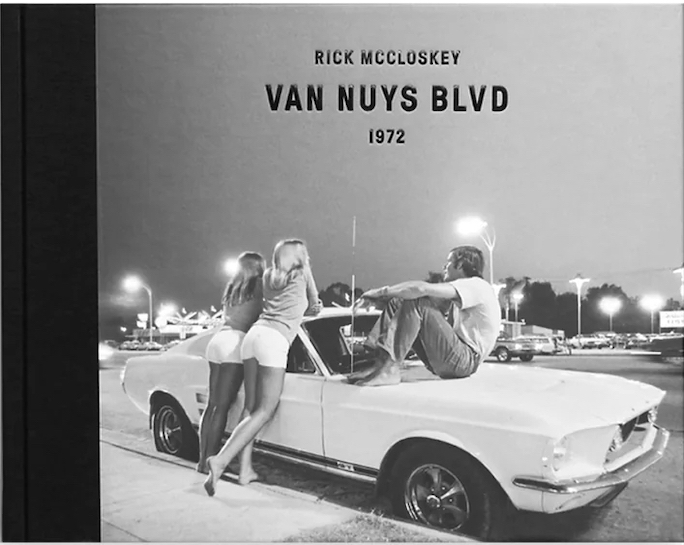
Cars and cruising were a quintessential American pastime but could there be a photo more emblematic of SoCal than this one?
“Gas was cheap, times were great, and the boulevard hummed with life during the evenings. Even the ‘draft’ during the Vietnam War did not dampen the street scene. By 1972, the year I went back to Van Nuys to shoot my series of photographs, the culture on the boulevard had become an amalgamation of divergent lifestyles, automobiles—used and new—and some very different ‘looks’ and styles. There were ‘tribes’ of van kids—surfers mostly—low-riders, muscle cars, street racers, Volkswagen owners, and many more, and of corse, thousands of young people. The idea of ‘retro’ had arrived as well, with some young people emulating the look and style of the 1950s. Of course, there were individuals who had to be there for work. In making these images, I set about portraying the young people, their cars, and the iconic background settings—and I tried to capture my images in that order of importance.”
That excerpt gives you the when, why, and where but not really the why here. To know that you’d have to be a native, which Rick Mack actually is, so he would know but it must not have occurred to him or his publisher (who is Swiss; the book is printed very nicely in Germany) that a much wider audience is out there if only someone invited it in.
That said, the book may not need to seek out an audience because it is already in a third edition (no fourth is planned). Interestingly, publisher Sturm & Drang still has a few copies of the first edition for which they’re asking a quite astonishing SFR. 220.
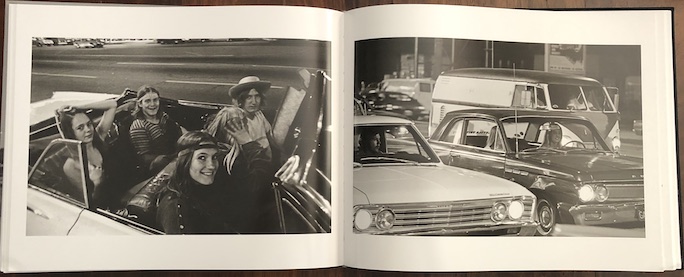
To see and be seen.
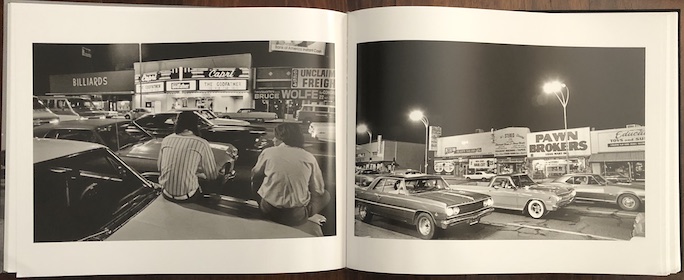
More so than the western edge of LA where the marine layer off of the Pacific moistens the air, The Valley is arid and hot in the summer.
We timed this review to coincide with the one-day “Projecting L.A. 2024” exhibit (April 27) that aims to “Tell the Real Story of the Streets” and will include photos from the Van Nuys series alongside the work of 31 other photographers. The (outdoor) show is aptly named because the images will be projected 80 feet wide and 3 stories high onto the wall of a building in Chinatown. Sounds very LA!
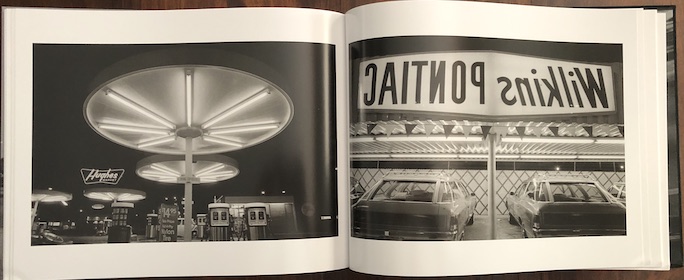

Surely anyone anywhere in the world associates car culture with California, SoCal especially, and Los Angeles in particular. But Greater Los Angeles is not just geographically vast but also culturally—for some of the 20 million-plus Angelenos the world east of the 405 and south of the 105 is terra incognito, and the San Fernando Valley, in which Van Nuys Boulevard is a major north-south arterial road between the San Gabriel Mountains in the north and the Santa Monica Mountains in the south, might as well be in Siberia. This would have been even more true at the time captured in this book. But no one who puts a “the” before PCH would know that.
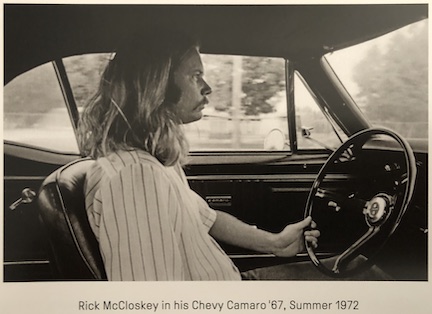
The Artist as a Young Man.
Come to think of it, Rick Mack doesn’t even say much at all about himself or this project, except that he shot at night in only available light, which gives these photos a distinct softness but also necessitates holding the camera still during long exposures. Call it blurry, as some wags have, and you forfeit your right to have your opinion count. Besides, Mack had been a student at Valley State College’s fine Department of Photography. Meaning he knew how to use his 35mm.
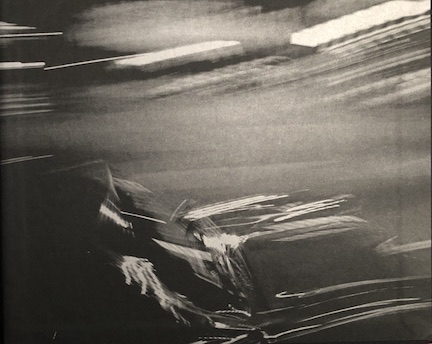
Rorschach test. There is a right answer. Squint, and you see a . . . [1]
Born in West Hollywood (like Hollywood but . . . better) he had grown up in Sherman Oaks in the San Fernando Valley since the age of 11, one street over from Van Nuys Boulevard, at a time when there were still peach orchards and orange and walnut groves in the neighborhood. Paradise.
Cars and cruising started happening everywhere in America in the ‘50s, and wide boulevards with restaurants and strip malls with big parking lots as ideal hubs were natural gathering points. No one would have thought in 1972 that it would all end so quickly; that the spontaneous use of public space would be curtailed; that the generations would clash harshly, not just over big things like the war but niggling friction between merchants feeling uneasy about hordes of youths lingering around their shops at nighttime; and let’s not forget that great inconvenience of 1973, the Oil Crisis that would really mess with people’s ability to use their cars. Incidentally, Chevrolet had a huge assembly plant on the boulevard, in North Van Nuys, running 24 hours a day for more than a decade.

None of the photos have captions but in this case none is required. That mascot means this is the home of the double-decker, Bob’s Big Boy Drive-in which had started in nearby Glendale in 1936 as Bob’s Pantry.
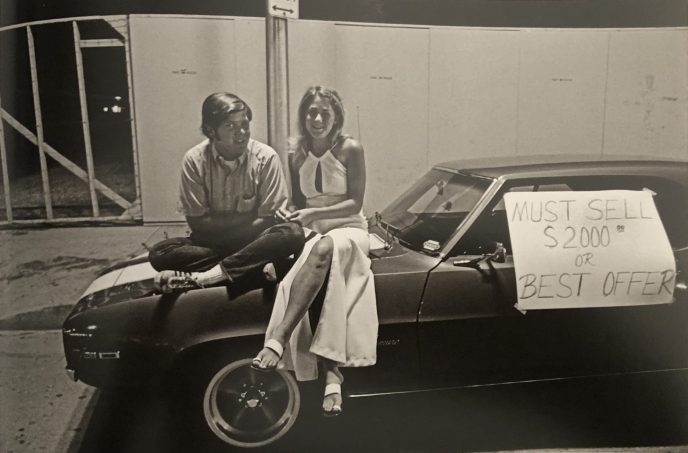
Trying to round up the dineros for the next stage of life?
Mack developed and printed his photos through 1973 and 1974, and had a gallery show at his alma mater in 1974, after which he relocated to Hawaii for many years and then elsewhere. He didn’t look at his negatives for forty years, and when he did he saw a forgotten world with new eyes. It took him years to digitize and curate them into a collection of about 1000 images (including alternate angles of the photos in the book). You can see them on his website and not only order high end prints but request custom sizes.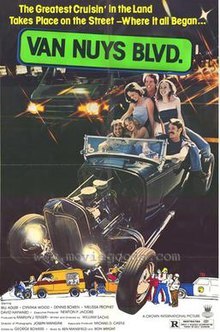
Rick Mack did capture The Real Story of the Streets—unlike that silly 1979 movie “Van Nuys Blvd.” by writer-director William Sachs. It may have become a sort of cult film, and it did feature a Playboy Playmate of the Year and have the tagline “The Greatest Cruisin’ in the Land Takes Place on the Street—Where it all Began . . .” but it tells you nuthin’ real.
- [1] Chevy front end.
Copyright 2024, Sabu Advani (speedreaders.info).


 RSS Feed - Comments
RSS Feed - Comments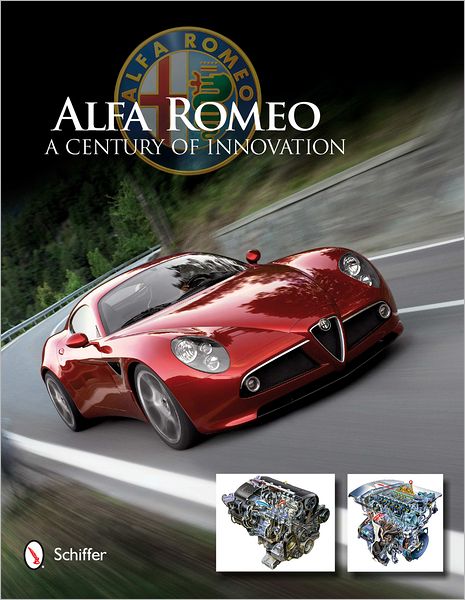
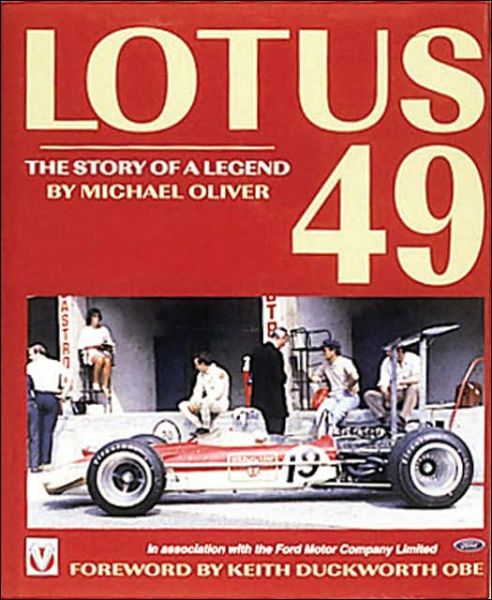

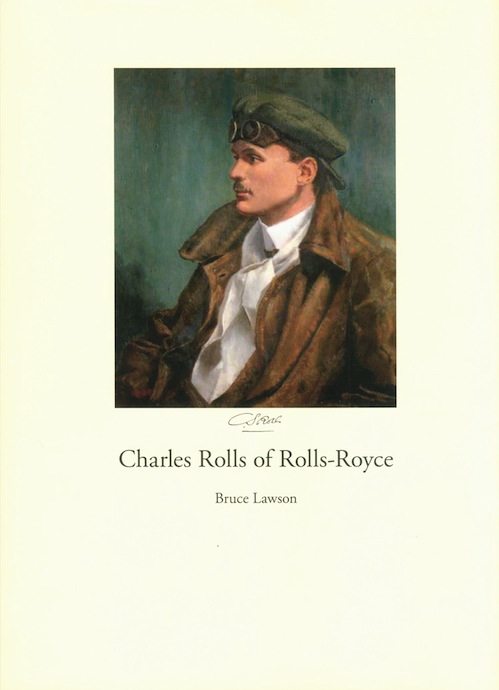
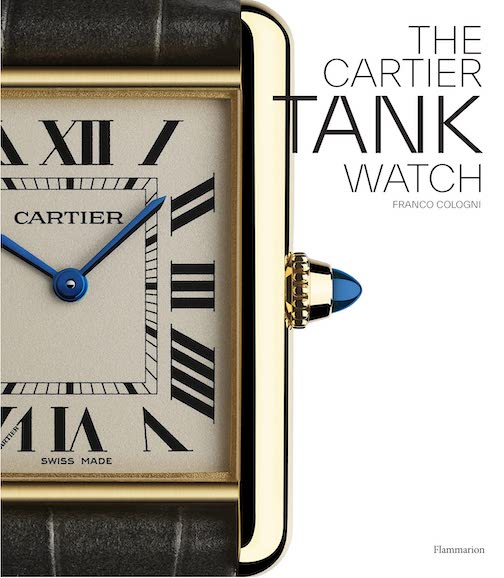
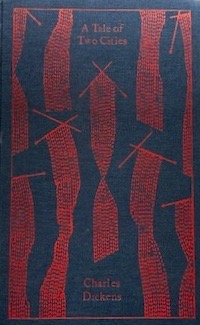
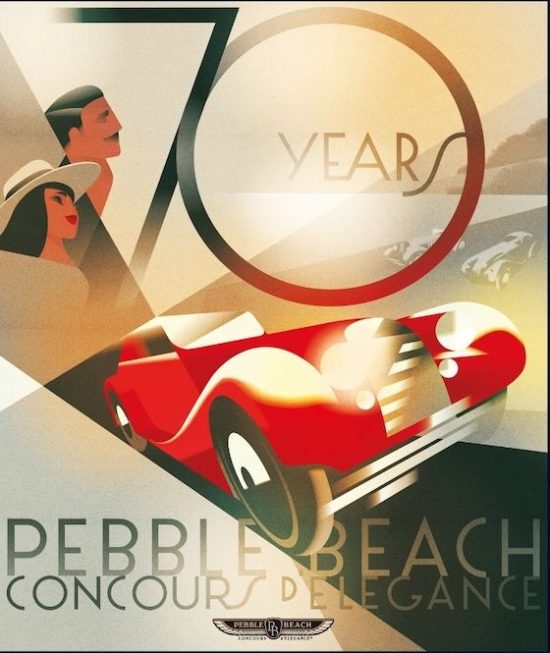


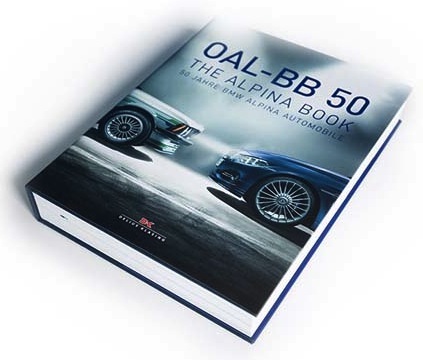

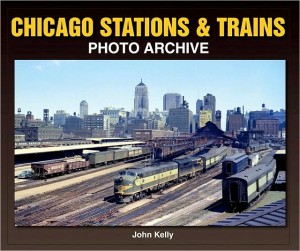
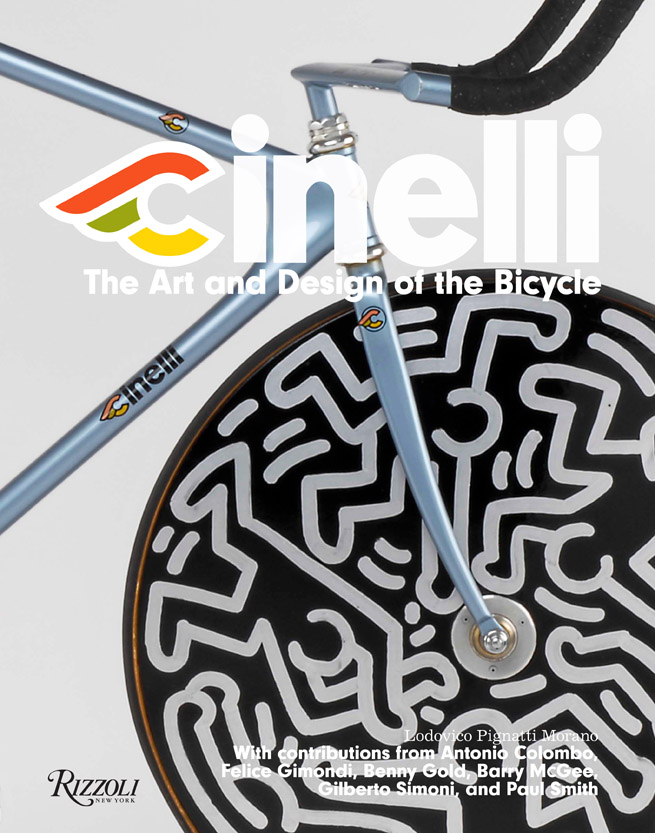

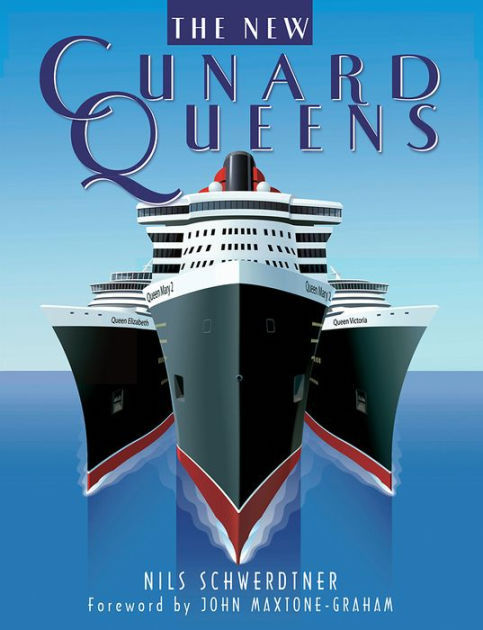
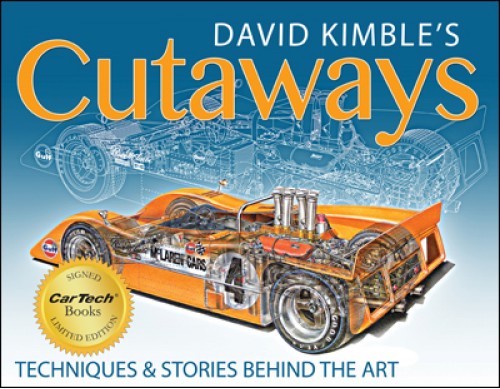
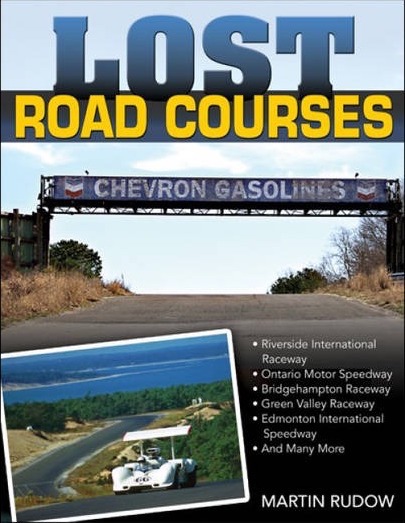

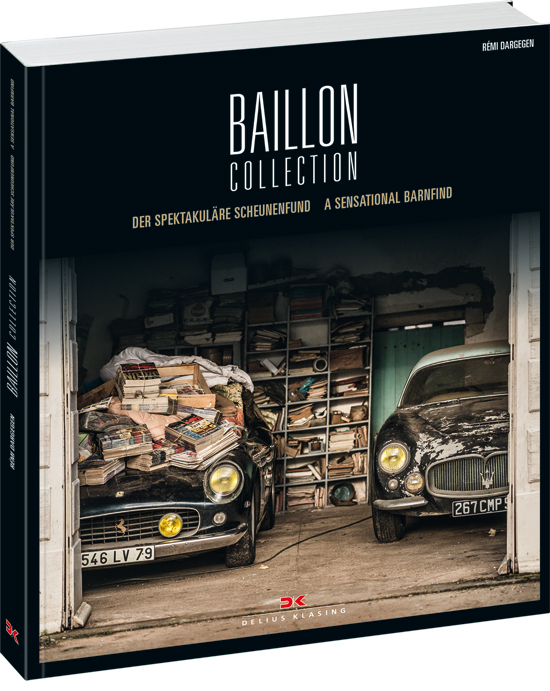


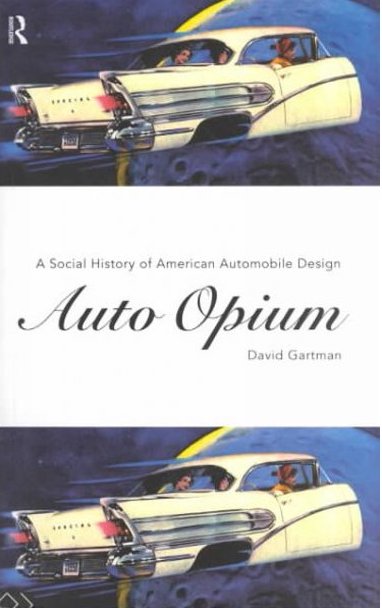
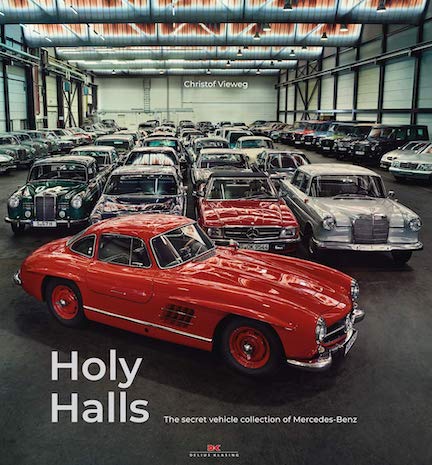

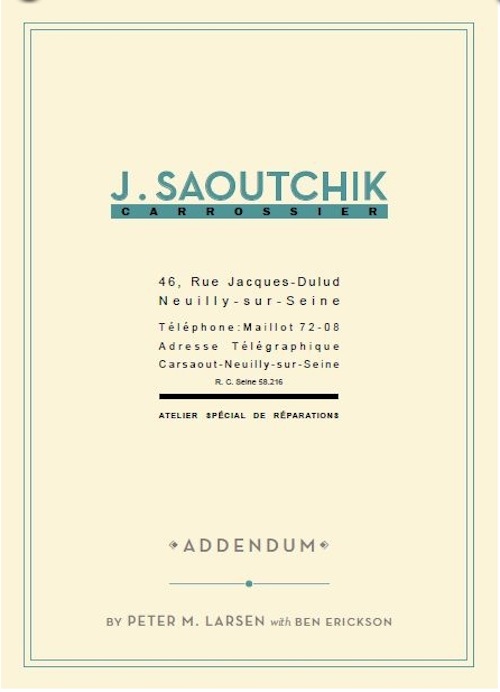
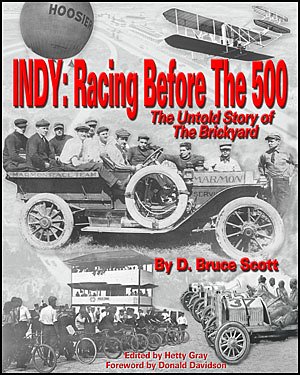
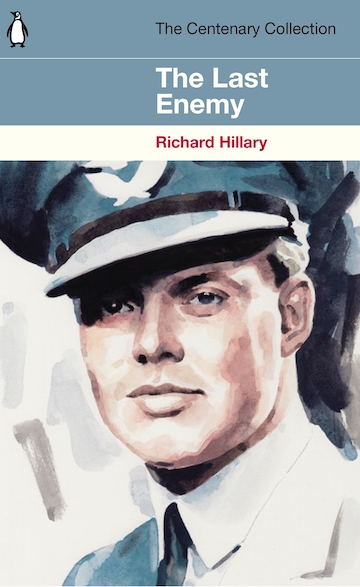
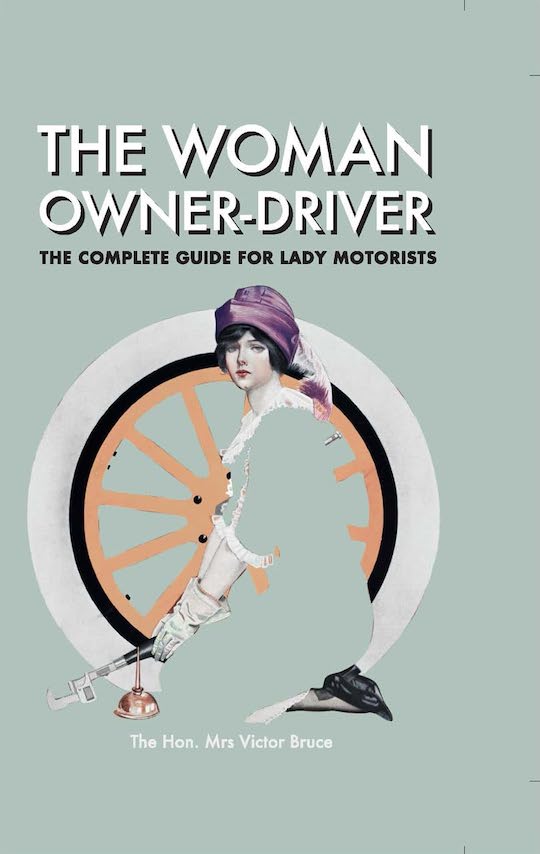
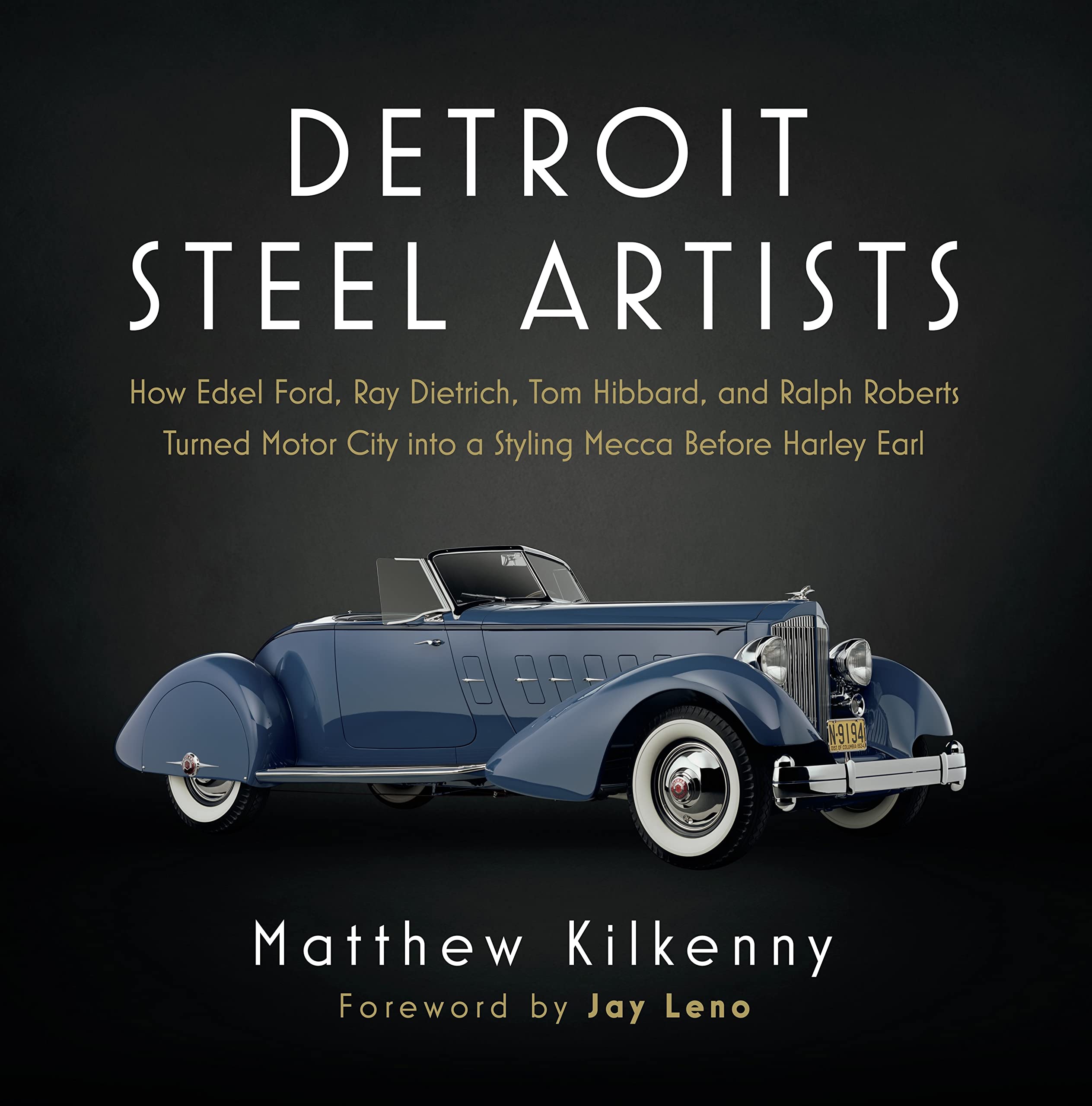
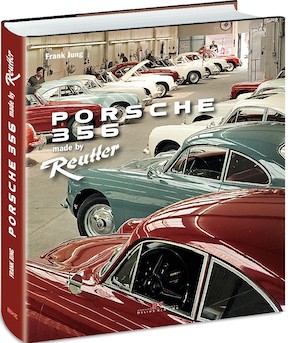
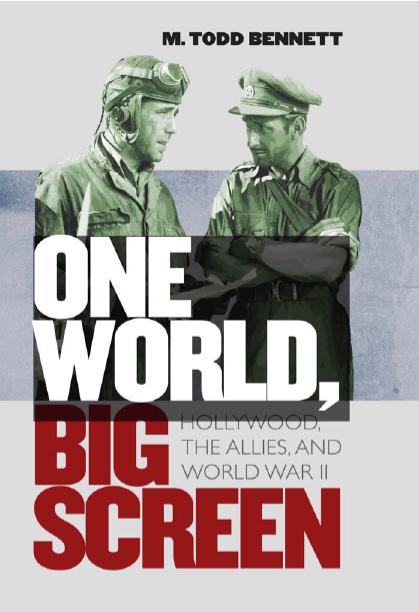
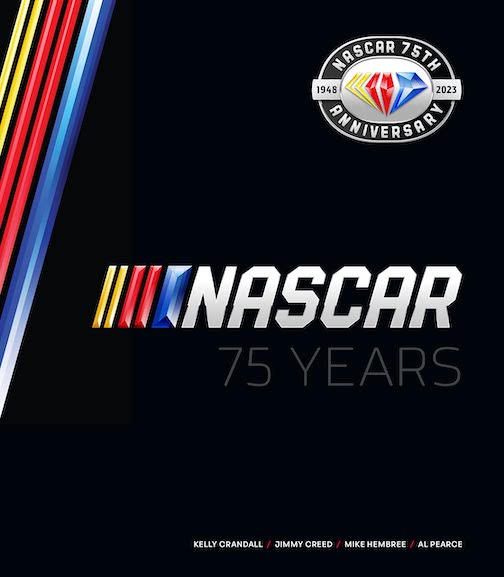


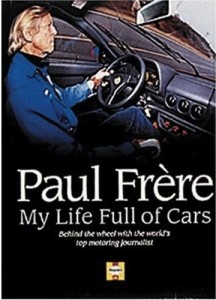
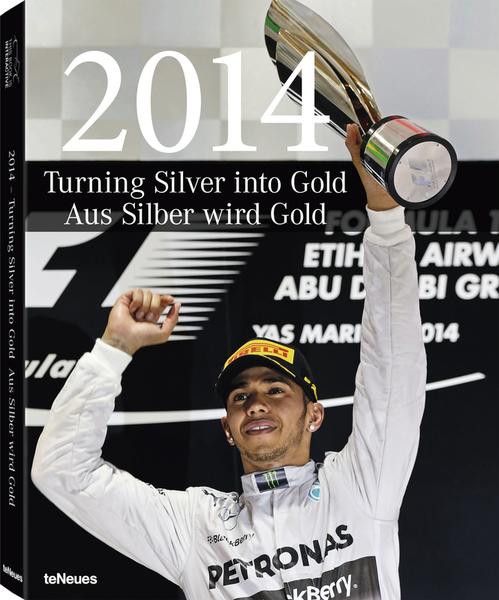
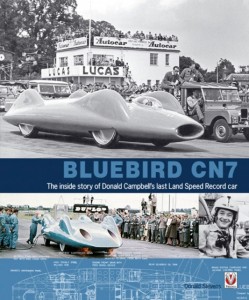

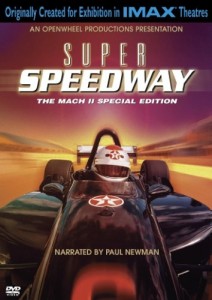




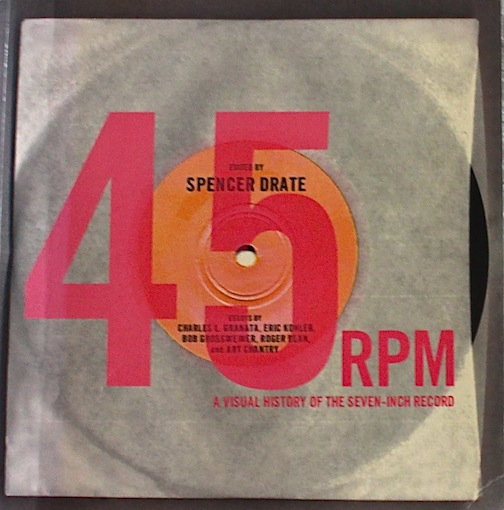
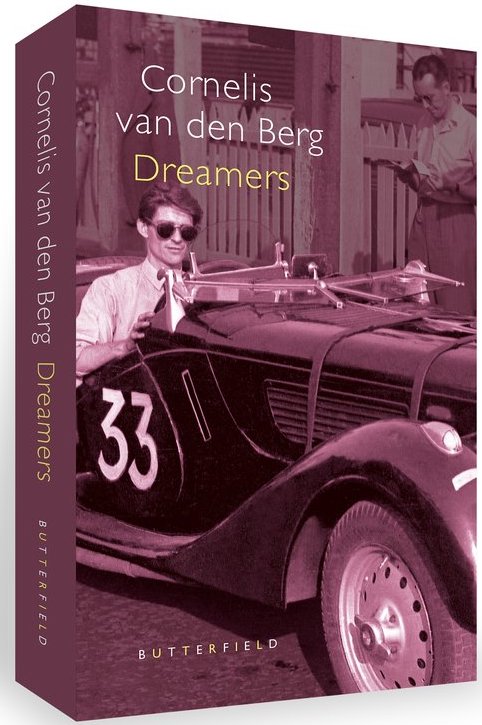
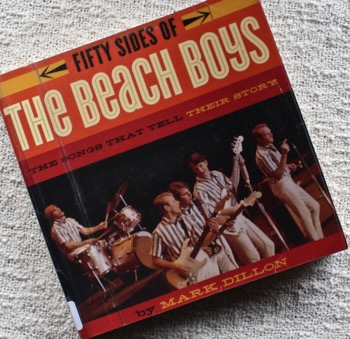

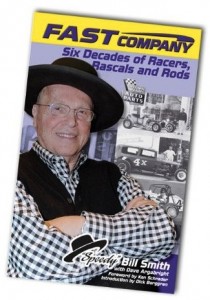
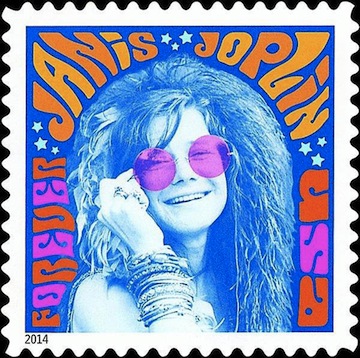
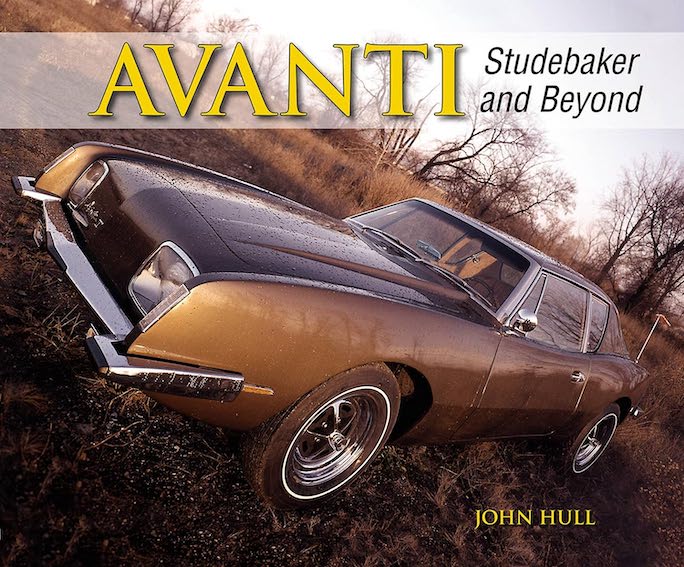
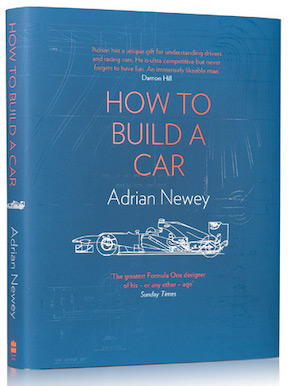
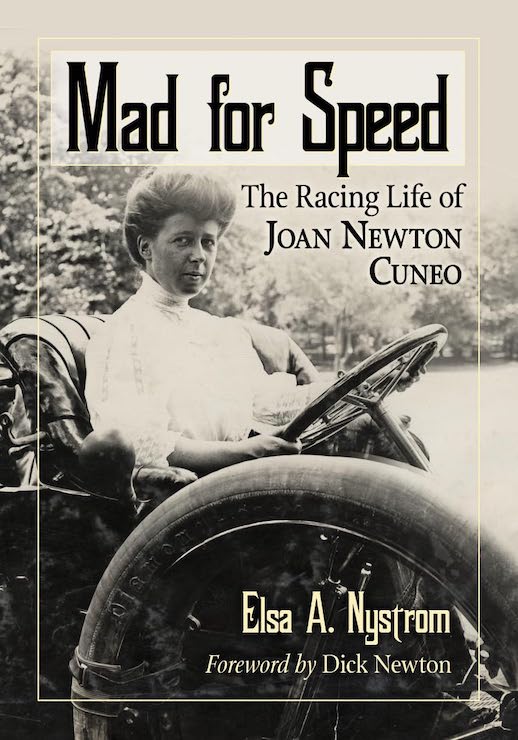
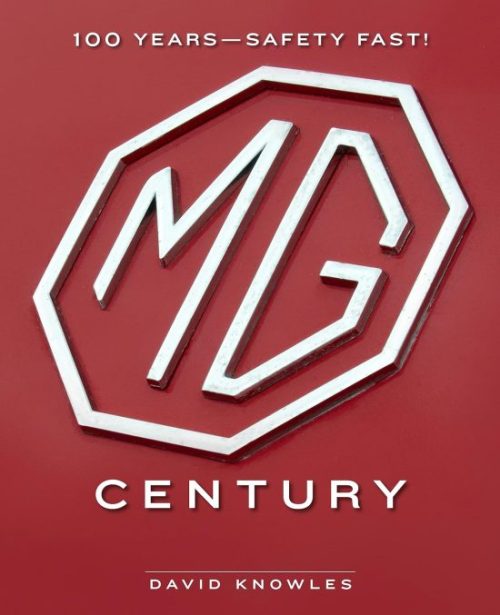


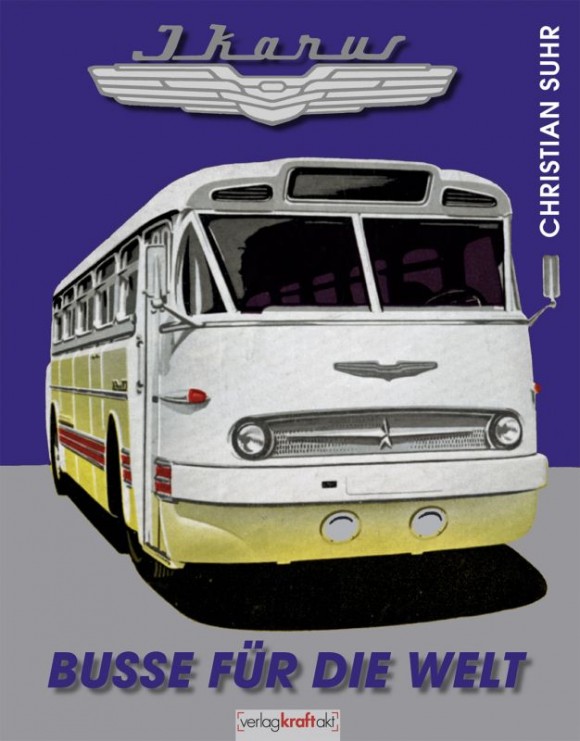
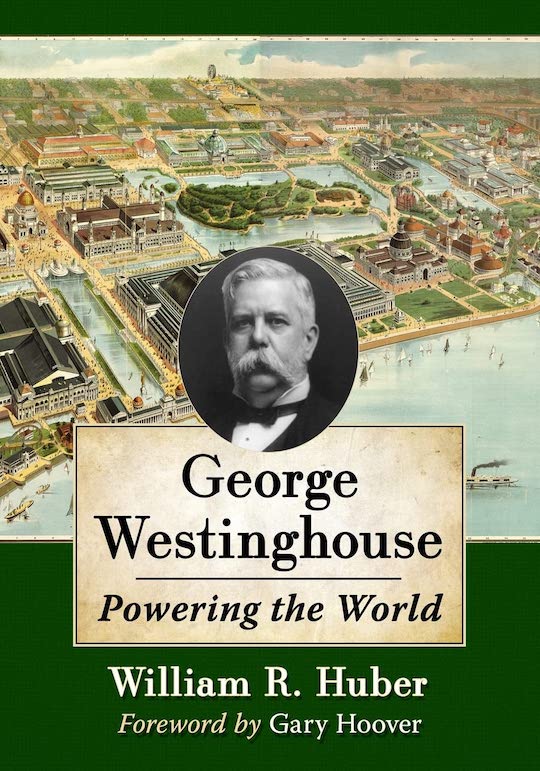

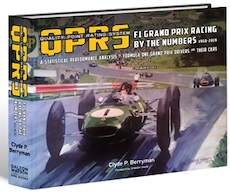

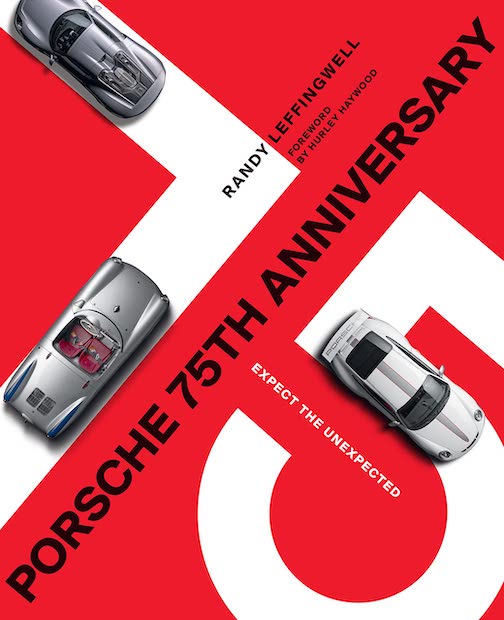
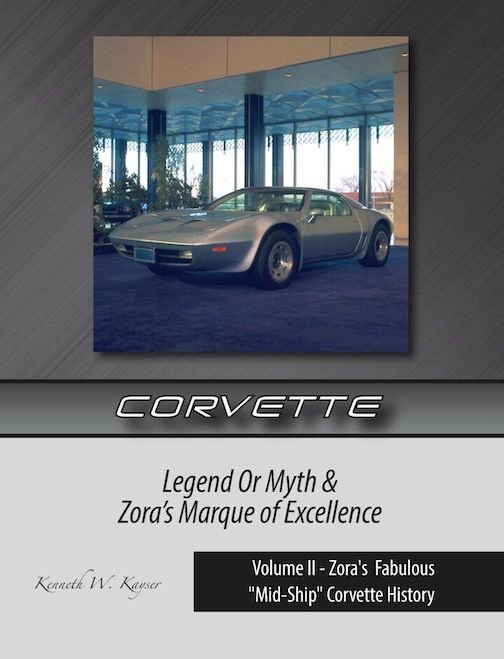


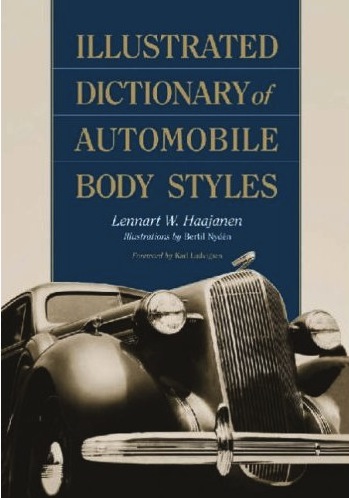

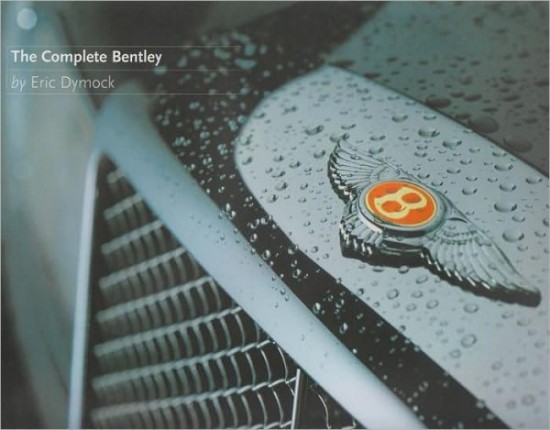




 Phone / Mail / Email
Phone / Mail / Email RSS Feed
RSS Feed Facebook
Facebook Twitter
Twitter